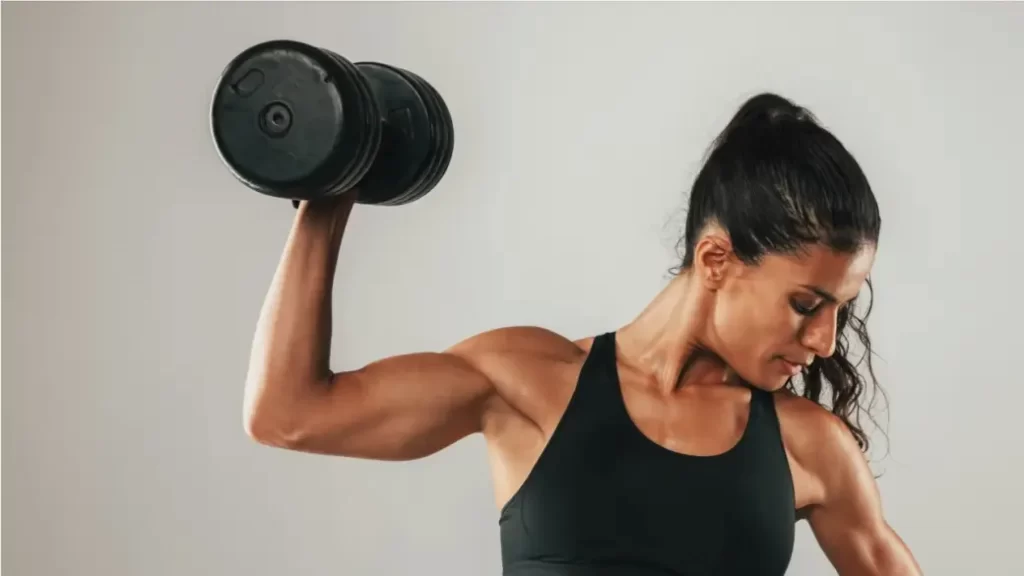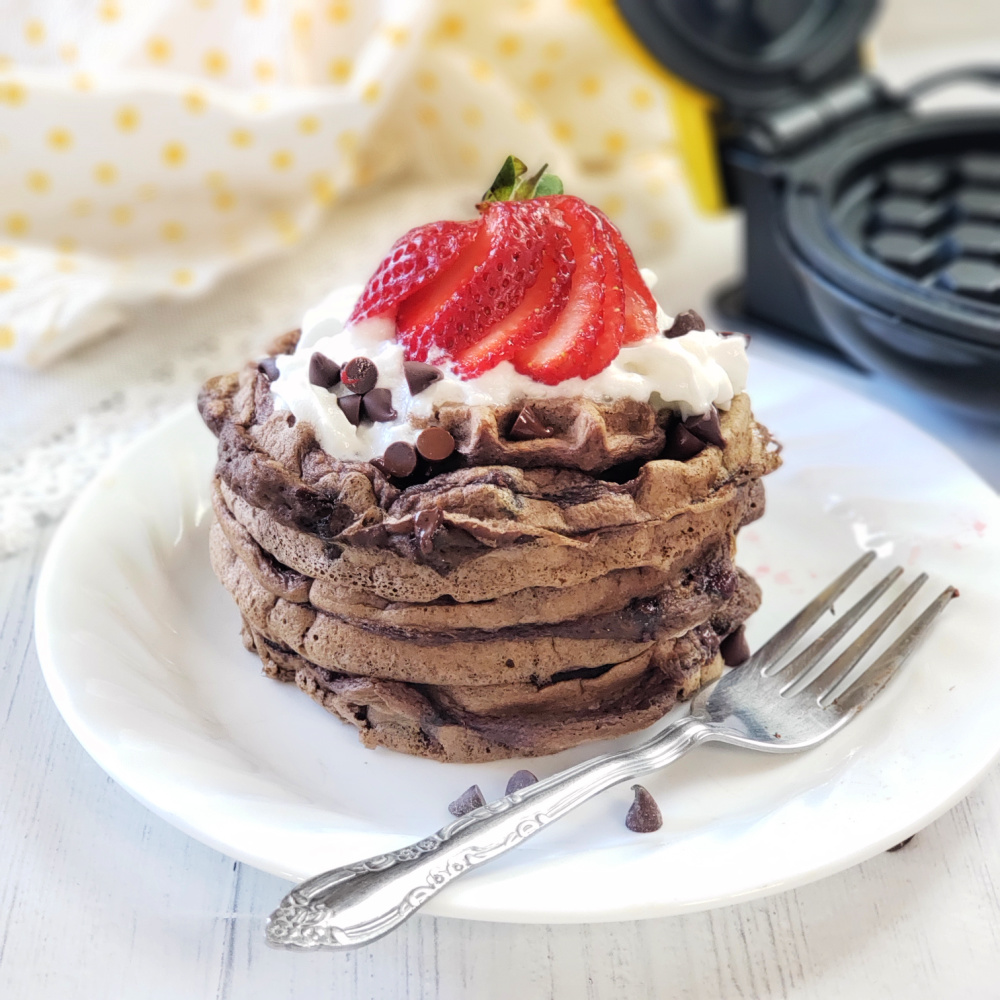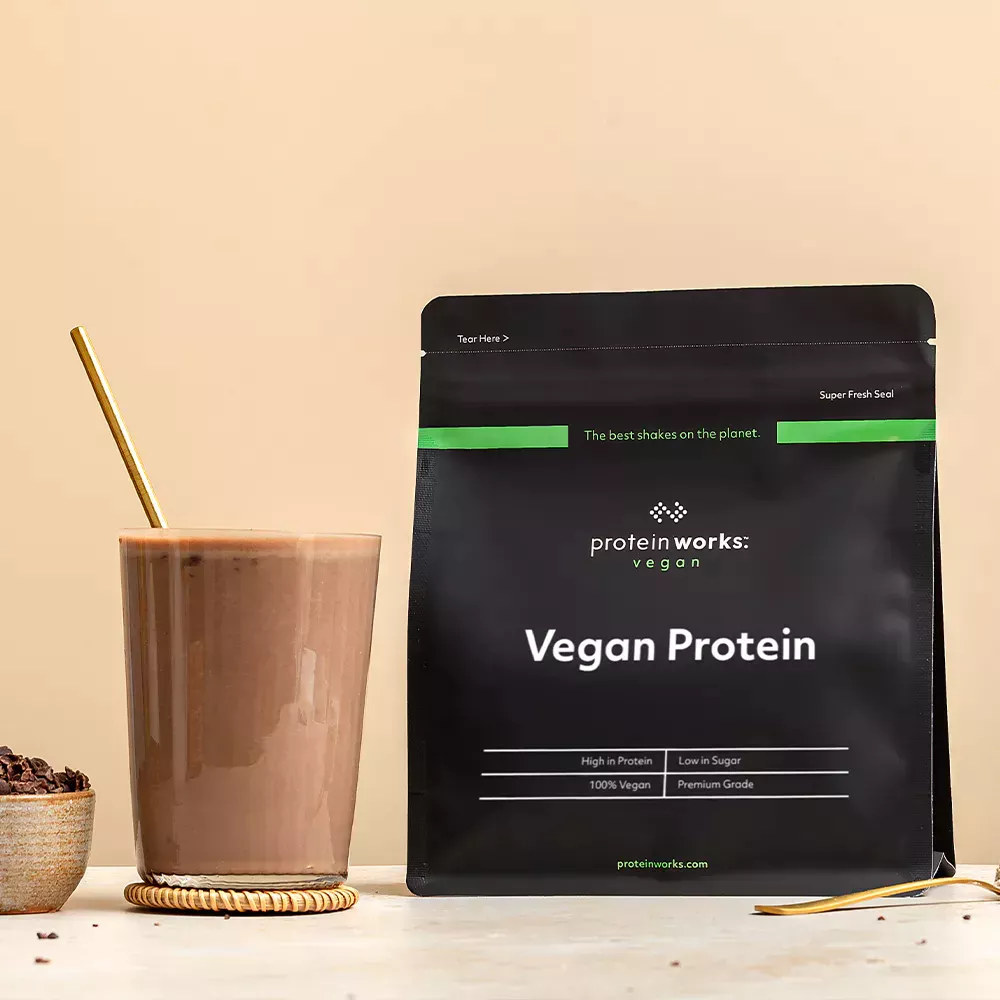The Deceptive Skinny Fat Physique
Have you heard of someone being called “skinny fat”? Despite the lean appearance in clothes, this body type lacks toned muscle and carries excess body fat. From the outside, they simply look thin – until the shirt comes off. Then reality sets in revealing a soft, untoned physique lacking definition. What does skinny fat look like?This article exposes exactly what skinny fat looks like.
The Skinny Fat Indicators
What does skinny fat look like?Several key physical indicators signal someone falls into the skinny fat category:
- • Low muscle mass with a soft, smooth appearance
• Relatively high body fat percentage, often between 18-25% for men
• Little to no visible muscle tone or definition
• Lack of vascular appearance in arms, shoulders and abs
• Soft, undefined midsection often described as “skinny with a gut”
• Flat, underdeveloped chest, arms and shoulders
• Stringy or bony appearance without curves
• Thin facial features that look gaunt or malnourished
While their weight may register in a normal BMI range, high body fat and low muscle mass create a subtly unfit, underdeveloped look overall. Let’s explore this further.
A Closer Look at the Telltale Signs
Skinny fat individuals sport bony limbs and appendages devoid of any real muscular shape or size. What does skinny fat look like?Their arms completely lack peaked biceps or shoulder caps. Calves and forearms appear like toothpicks with veins, tendons and bone protruding.
Despite a small midsection circumference, their abdominal area exhibits absolutely zero definition or delineation of underlying ab muscles. Instead, it protrudes subtly with a smooth, untoned surface. This extends into a soft, flat rear lacking any curve or shape.
Their chest appears concave between the ribcage, devoid of any pectoral development. Shoulders slope inward lacking deltoid mass to create a V-taper from the side. Lower back musculature fails to produce the desirable V-shape towards the glutes.
Overall, skinny fat individuals lack the proportions, symmetry and balance typically associated with a fit, muscular physique. Their frame appears more deflated or malnourished versus sculpted by proper diet and training. These unwanted aesthetics all stem from excess body fat coupled with a lack of lean muscle mass.
Lifestyle Contributors to Skinny Fat
So how do people become skinny fat in the first place? Diet and lifestyle factors set the stage:
- • Poor nutrition lacking enough protein, vitamins and minerals
• Insufficient calorie intake for their activity levels
• Sedentary lifestyles primarily involving sitting or low movement
• Yo-yo dieting or severe restrictive diets depleting muscle
• Endurance training without any resistance exercises
• High stress levels promoting fat accumulation
• Poor sleeping patterns disrupting hormones
• Injuries making weight training difficult
• Lack of knowledge on proper training and progressive overload
Early 20s males seem especially susceptible to skinny fat after experiencing puberty weight gain. Without proper nutrition and training, excess fat accumulates as hormones level out leaving the dreaded smooth, untoned look.
The Reasons Why It’s Problematic
Aside from the aesthetics, being skinny fat carries some serious drawbacks:
- • Lower basal metabolic rate (BMR) due to minimal muscle mass
• Higher risk of chronic conditions like heart disease and diabetes
• More inflammation and oxidative stress in the body
• Deficient testosterone and growth hormone production
• Poorer bone density, strength and injury resilience
• Low self-confidence and body image issues
What does skinny fat look like?The skinny fat composition represents an unstable, unhealthy midpoint between fit and obese. Neither benefiting from muscle’s metabolic boosting effects nor advanced obesity’s survival mechanisms. Add in the aesthetics issues and lack of confidence, and it’s easy to see why reversing skinny fat becomes highly motivating.
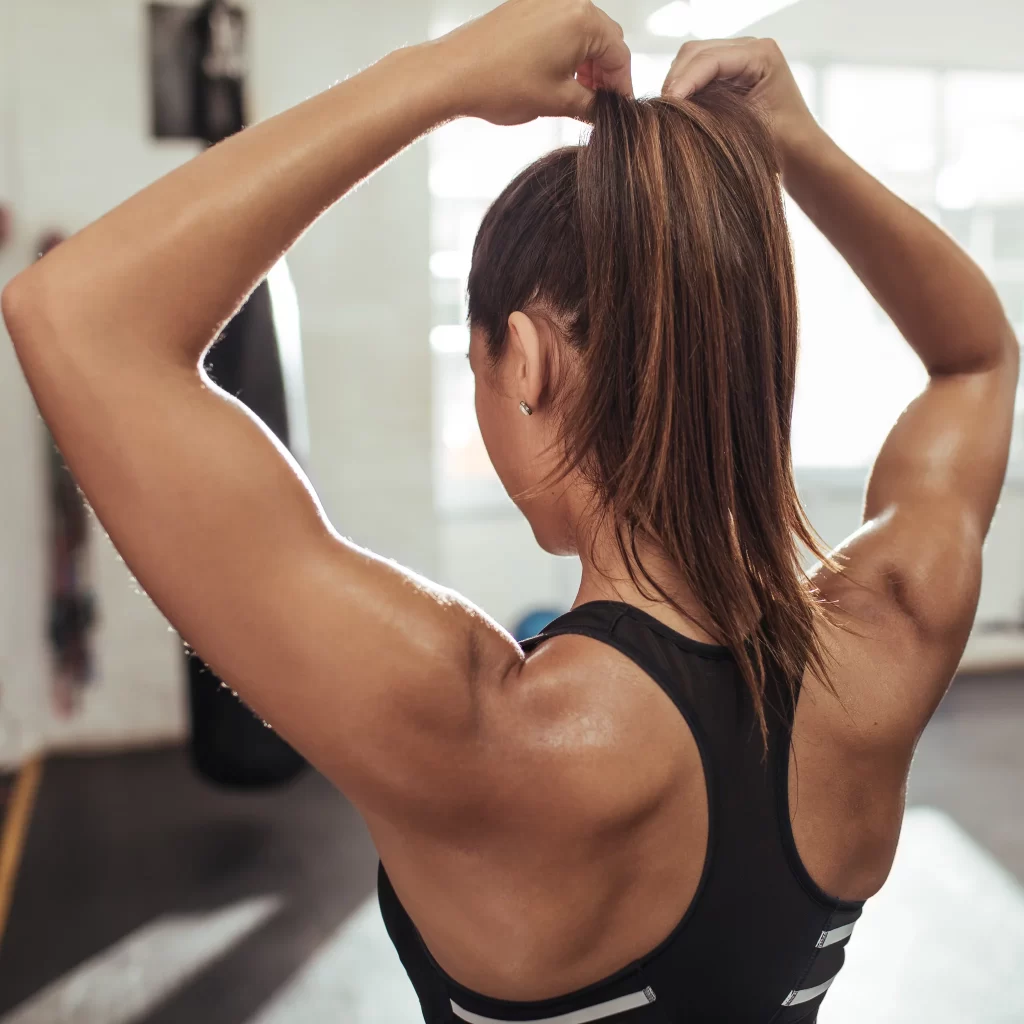
The Cure: Building Muscle, Losing Fat
Fortunately, with some focused effort skinny fat serves as an excellent foundation for transitioning towards a fit, athletic build. The solution: systematically build muscle while shedding excess fat through:
- • Strength training focusing on compound, progressive overload
• Slightly increased calorie/protein intake to fuel muscle growth
• Short bouts of high-intensity interval cardio to strip fat
• Stress management and sufficient quality sleep
• Proper micronutrition and supplementation as needed
Skinny fat represents a blank canvas capable of transforming rapidly into an impressive, magazine-cover worthy physique once implementing intelligent training and nutrition protocols. With diligent lifestyle adjustments, you can transition optimally away from this undesirable state.
While hitting rock-bottom skinny fat provides a wake up call for many – recognize this body type for the opportunity that it is! With consistent, patient effort, you can morph from that soft, undefined composition into an absolute greek god sculpture covered in chiseled, lean muscle. No more mistaken identity as skinny fat!
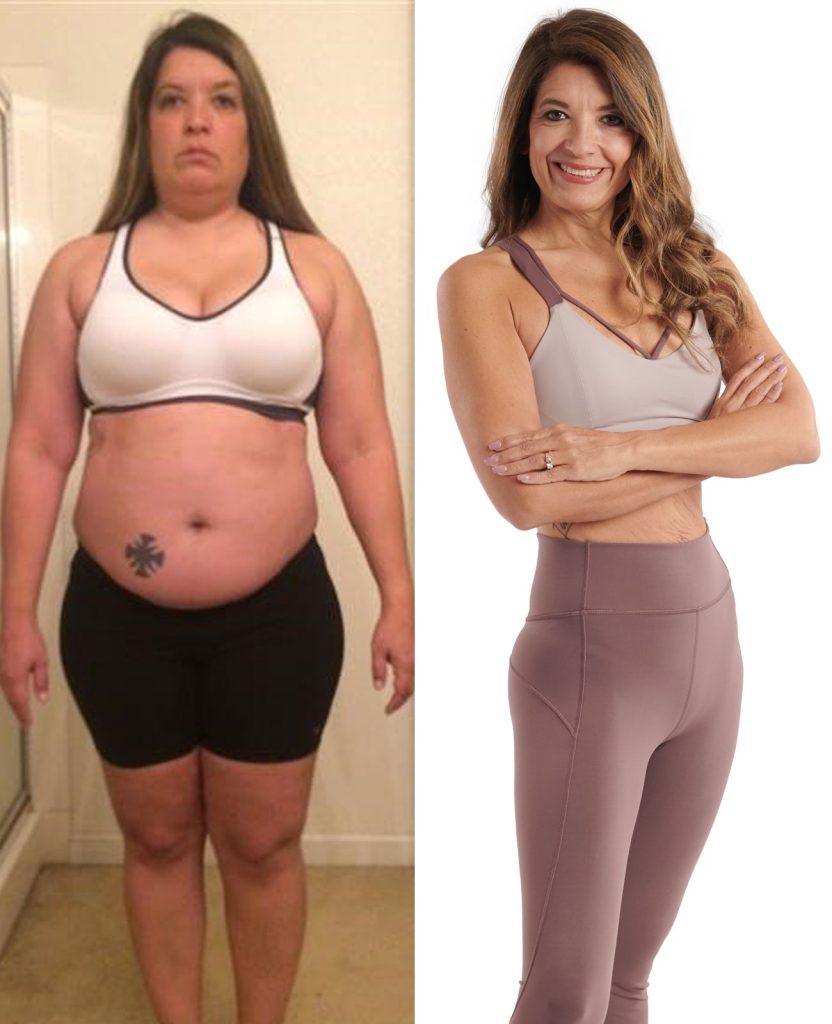
Conclusion
The term “skinny fat” describes a body composition characterized by low muscle mass and a high percentage of body fat, often resulting in a soft, undefined appearance despite a slim frame. This condition is not solely determined by weight or body mass index (BMI), but rather by the ratio of muscle to fat in the body.
Addressing the “skinny fat” physique requires a balanced and targeted approach. Strength training is paramount to increase muscle mass and improve body composition. Incorporating resistance exercises that target major muscle groups, such as squats, deadlifts, and chest presses, can help build lean muscle, reduce body fat, and provide a firmer, more defined appearance.
Additionally, incorporating cardiovascular exercise can help improve overall fitness and aid in fat loss. High-intensity interval training (HIIT), steady-state cardio, and activities like cycling or swimming can contribute to burning excess fat and improving cardiovascular health. It’s important to find a balance between strength training and cardio to achieve optimal results.
Diet plays a crucial role in addressing the skinny fat physique. Emphasizing a nutrient-dense, balanced diet that includes lean proteins, healthy fats, complex carbohydrates, and plenty of fruits and vegetables is essential. Monitoring portion sizes and reducing intake of processed foods and added sugars can also aid in controlling body fat levels.
Ultimately, the goal in addressing the skinny fat physique is to strive for a healthy body composition that balances lean muscle mass and body fat percentage. It’s important to remember that progress takes time and consistency, and individual results may vary.
Consulting with a healthcare professional or fitness expert can provide personalized guidance in achieving a balanced and sustainable approach to body transformation. By addressing muscle mass, body fat, and overall health, individuals can work towards achieving a more defined and balanced physique.


